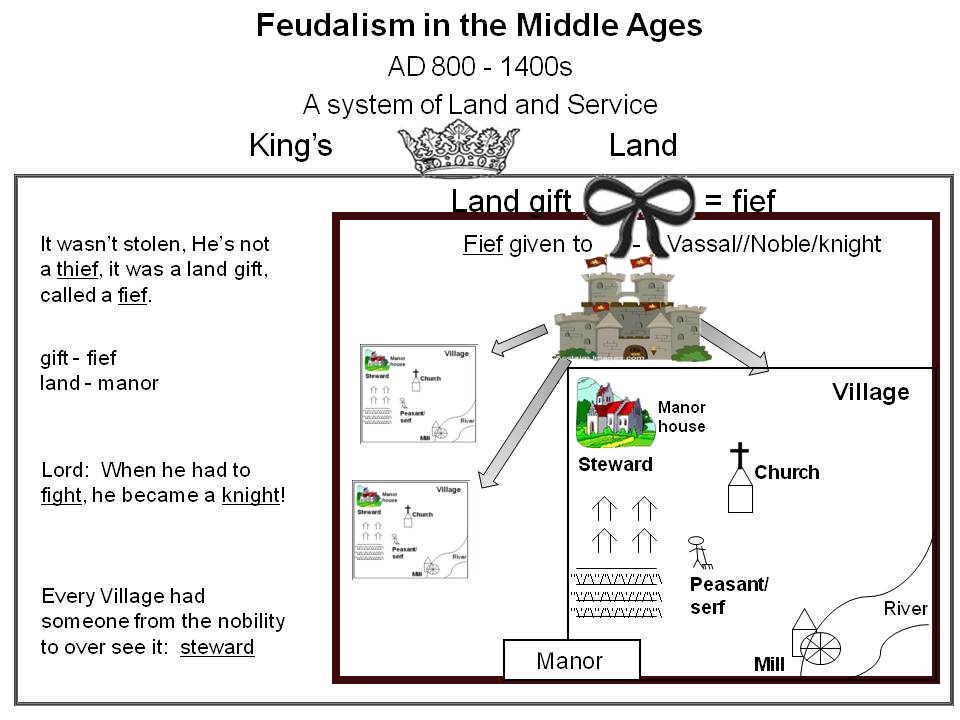

For example, King Henry IV is believed to have suffered from seizures, perhaps as a consequence of repeated blows to the head received whilst jousting in his youth.Ĭrusading could also be bad for your health: wounds, infections, disease and broken bones were just some of the hazards to be faced in the Holy Land. Bleeding (with or without leeches), sweating and induced vomiting were the remedies of choice to re-balance the humours.Įven the princely sport of jousting was not without its dangers – and not just broken limbs. A patient’s urine was used to determine whether there was indeed an unbalance. It was quite widely believed that the body had four ‘humours’ and if these became unbalanced, you became ill. The success of any treatment was largely down to luck indeed, many of the ’cures’ appear quite bizarre to us today. Whilst the poor had to make do with traditional herbal remedies and superstition to cure their ailments, the rich could afford to pay physicians.Įmploying a physician did not however ensure that the patient would recover.
Feudalism chart middle ages for children skin#
Symptoms included unsightly skin rashes, recurring bouts of fever, blindness, mental illness and ultimately, death. Sexually transmitted diseases such as syphilis were common among all social classes. When the grain was ground to make bread, people who ate the bread became poisoned. This condition was caused by a fungus, ergot, that grows on rye. Leprosy was not the only disease that could affect someone in this way: the affliction known as St Anthony’s Fire could also lead to gangrene and convulsions.

(Pictured right: Richard of Wallingford, Abbot of St Albans his face is disfigured by leprosy.) It attacks and destroys the extremities of the body, particularly the toes and fingers, and sometimes the nose. The more disfiguring skin diseases were generally classed as leprosy and indeed leprosy, caused by the bacterium mycobacterium leprae, can arise from dirty conditions. Poor people washed in cold water, without soap, so this did little to prevent infection.

“ The floors are, in general, laid with white clay, and are covered with rushes, occasionally renewed, but so imperfectly that the bottom layer is left undisturbed, sometimes for twenty years, harbouring expectoration, vomiting, the leakage of dogs and men, ale droppings, scraps of fish, and other abominations not fit to be mentioned.”Ī lack of hygiene amongst medieval people led to horrific skin complaints. Whilst the top layer might be replaced, the base level was often left to fester. Rushes and grasses used as floor coverings presented a very real hygiene problem. Infant mortality was high and childbirth was risky for both mother and child. Indeed this was the perfect environment for the spread of infectious disease and plague: the Black Death was to kill over half of England’s population between 13.Īs there was no knowledge of germs or how diseases spread in the Middle Ages, the Church explained away illness as ‘divine retribution’ for leading a sinful life.Ĭommon diseases in the Middle Ages included dysentery (‘the flux’), tuberculosis, arthritis and ‘sweating sickness’ (probably influenza). Fleas, rats and mice flourished in these conditions. Dung, garbage and animal carcasses were thrown into rivers and ditches, poisoning the water and the neighbouring areas. Towns and cities were filthy, the streets open sewers there was no running water and knowledge of hygiene was non-existent. King Henry’s affliction was commonplace in medieval times, and lice were certainly no respecter of social status.įilth was a fact of life for all classes in the Middle Ages. ‘Uneasy is the head that wears the Crown’, Shakespeare, King Henry IV, Part 2.*Įspecially when that head is teeming with head lice, as Adam of Usk reported when he attended King Henry IV’s coronation on 13th October 1399!


 0 kommentar(er)
0 kommentar(er)
